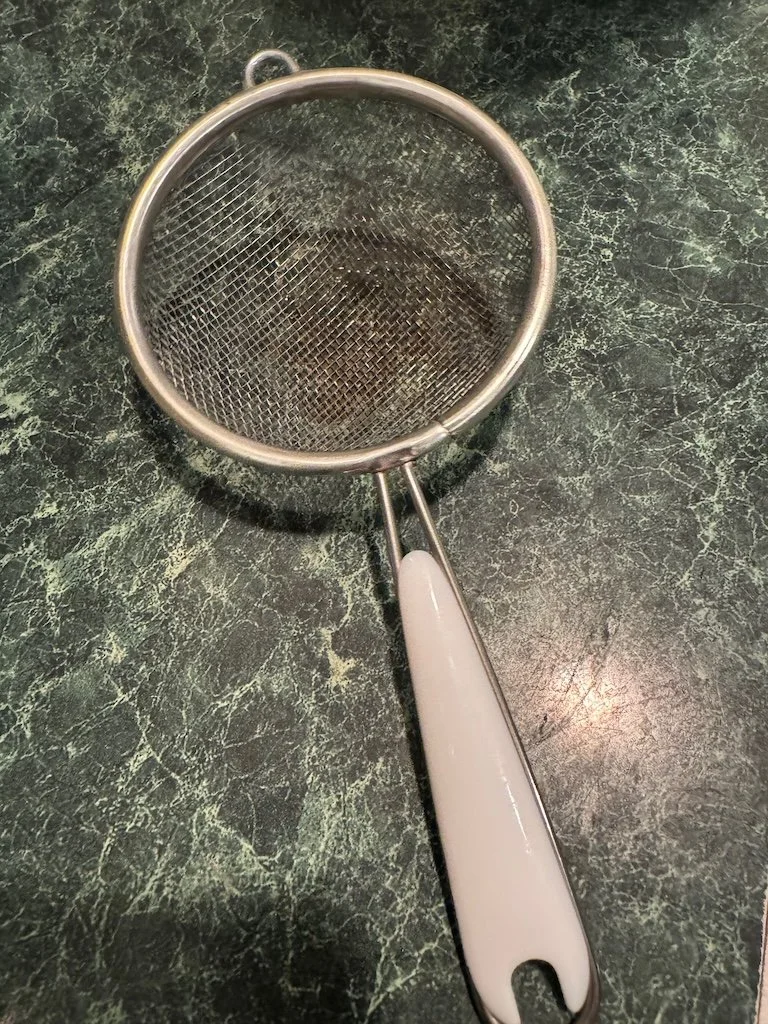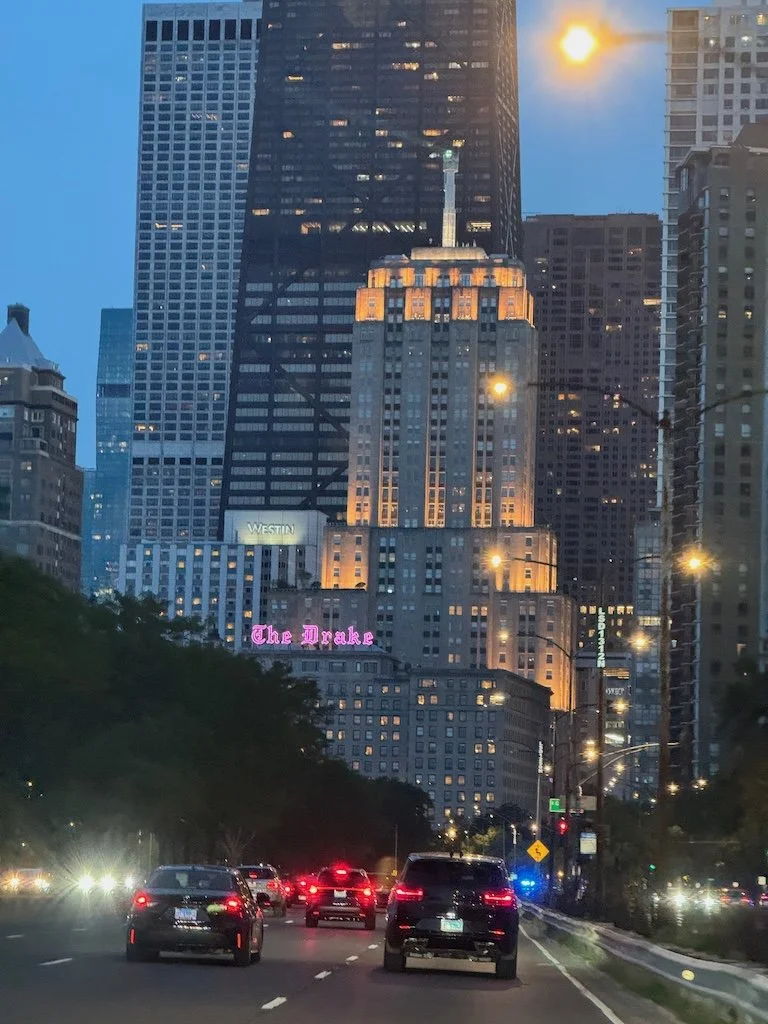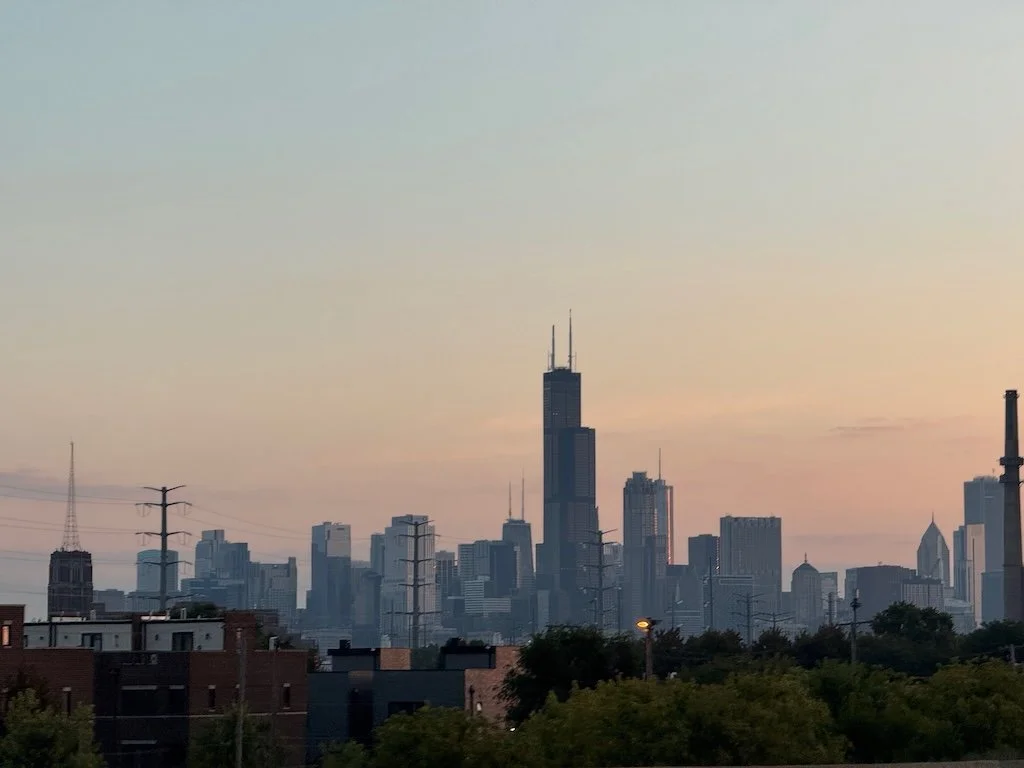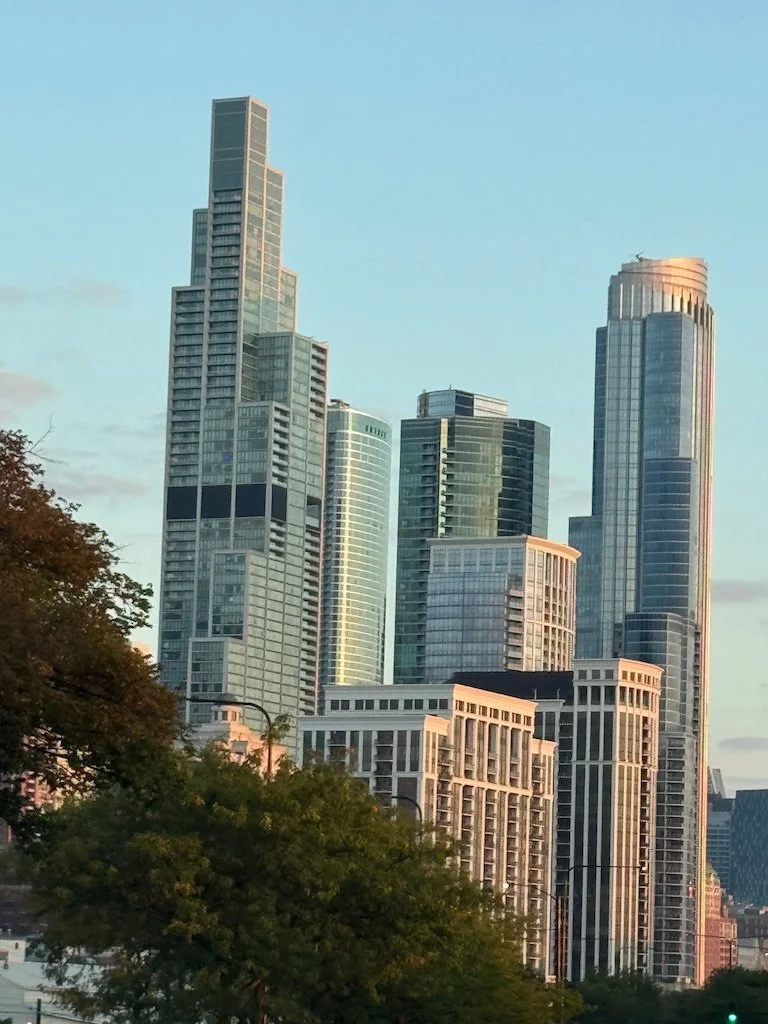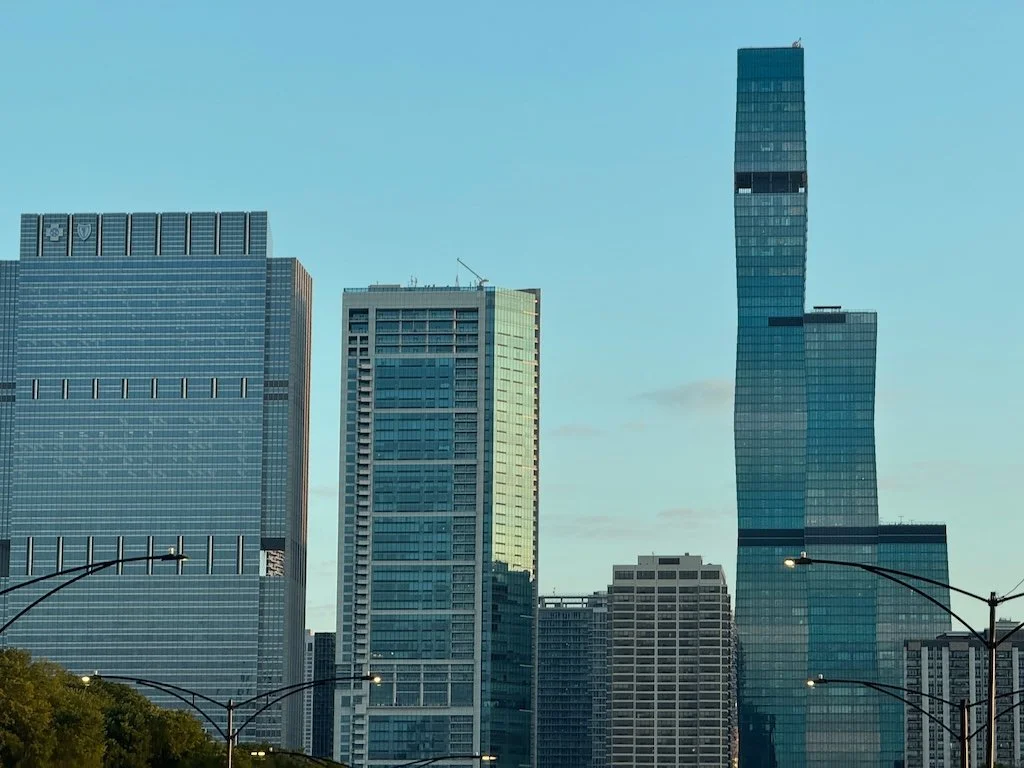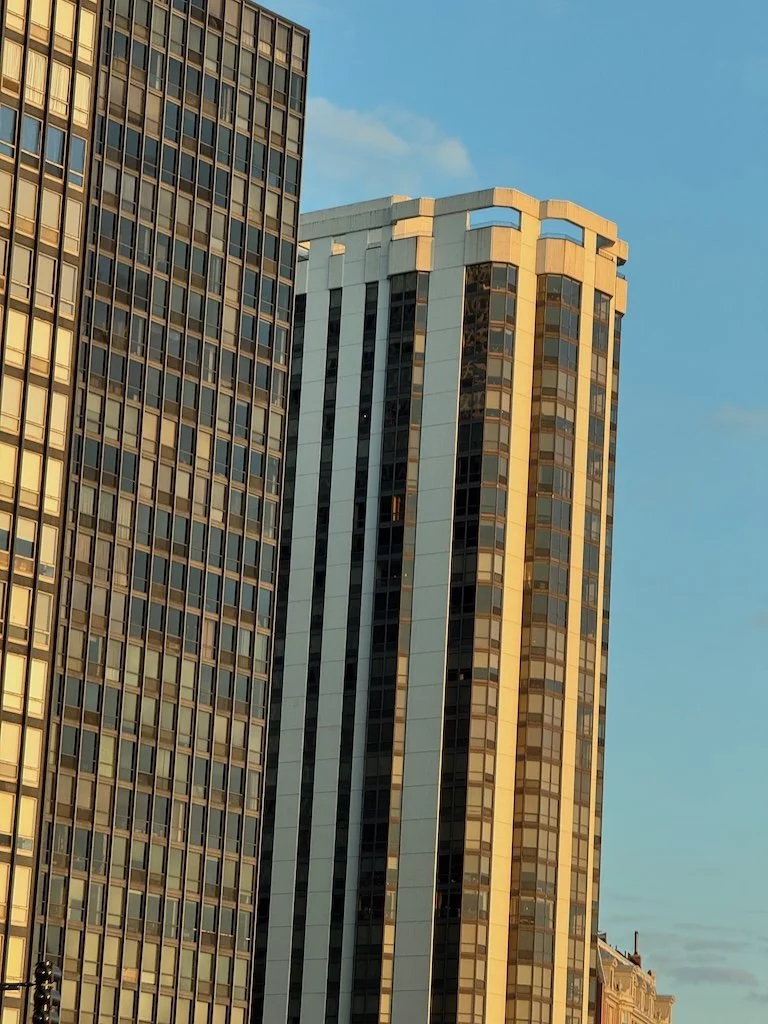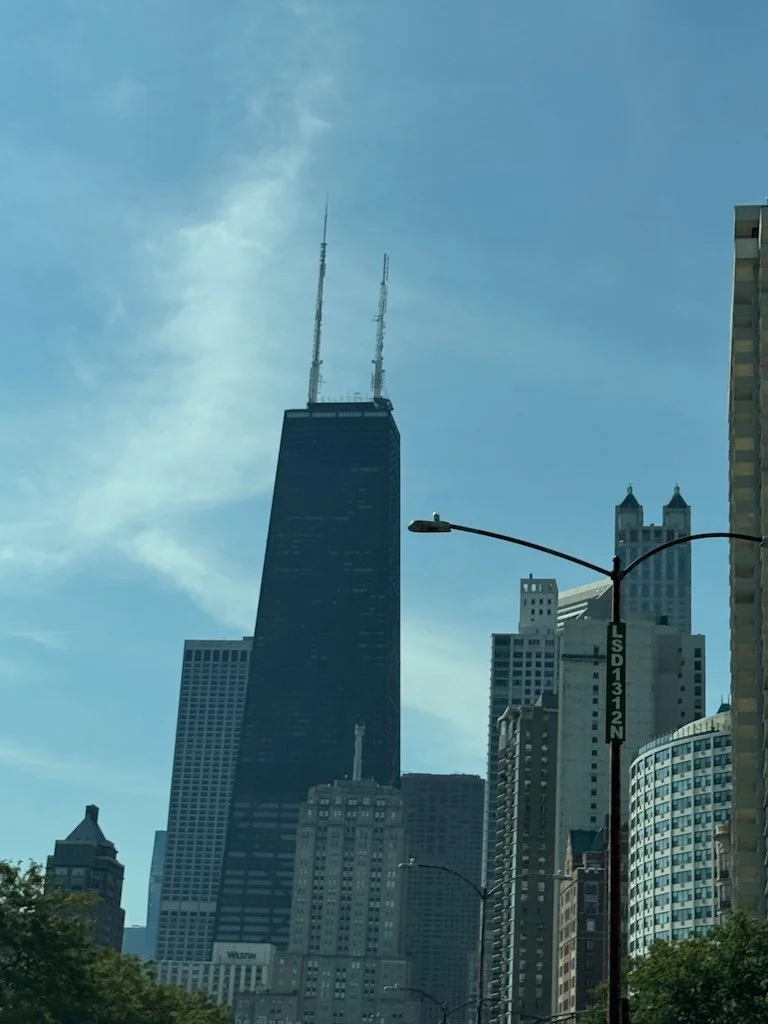Plastics Crisis: A continuing journey
/The past few weeks have been very busy, and I haven’t had time report on my continuing journey.
I attended my first ‘show me less plastics’ bimonthly zoom meeting. Everyone on the call seemed to be in the same initial mode…trying to figure out how to move forward. The largest group was from St. Louis…some from Kansas City and Columbia. There was one other person from Springfield. I will continue to dial into the zoom meetings and use them as a forcing function for myself to have something to report!
CNN did an experiment with three of its reporters (in New York, London, and Hong Kong) wearing chemical-tracking wristbands to find out what kind of chemicals they are exposed to. The video report can be found online - https://www.cnn.com/2025/10/08/climate/video/chemical-monitoring-wristbands-climate-digvid although there is not a lot of detail…it does indicate that people in big cities are probably exposed to a lot of chemicals as they go about their daily lives.
Living near a smaller city (Springfield MO), I do track the air quality. I know that when it is not green, the PM2.5 pollutants are usually the pollutant that is high…and that is made of microplastics and associated chemicals. The air quality where I lived in Maryland (between Baltimore and DC) prior to moving to Springfield was yellow more frequently and, sometimes, even made it to the red level. So – moving to Springfield probably has reduced my exposure somewhat.
When I had my annual checkup with my doctor, I brought up microplastic exposure and she acknowledged the issue…but didn’t have any specific recommendations about what to do aside from avoiding bottled water and looking hard at getting plastics out of the kitchen, particularly anything that is heated and contacts food.
I have reduced my soft drink consumption to almost zero (avoid plastic bottles) and am drinking more iced tea. But wait….coffee makers (that I was using to make tea) have a lot of plastics and there are plastic fibers in many filters (so they will hold up better) and some tea bags are glued together (a plastic). Obviously there is heat involved in making tea so I changed my process:
Old Pyrex measuring cup (it was my mother’s and the markings are almost worn off)
Cut open the tea bag and empty the contents into the water
Heat in the microwave
Strain the tea leaves with a metal strainer
It’s becoming a good routine….and I am aware that making tea is becoming a ritual rather than just a routine because of the old Pyrex. It could be almost as old as I am!
One thing I am noticing…my trash and recycle are trending downward…not as much in the bins. That’s a good thing!
Previous Plastic Crisis posts


